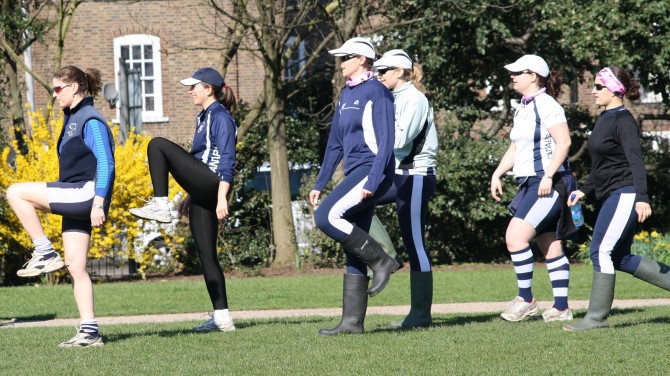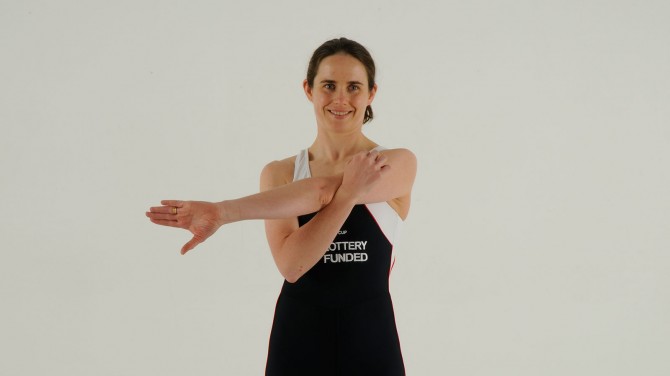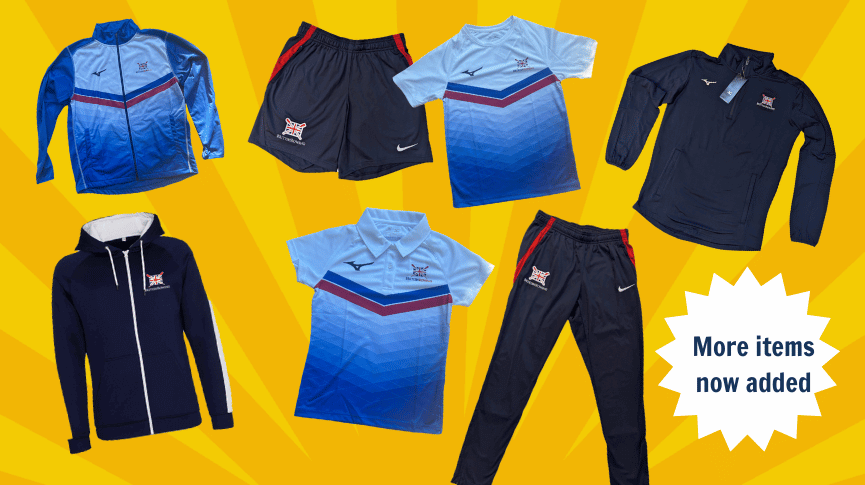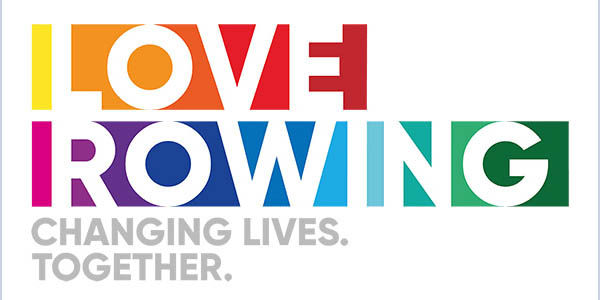Training Advice
Just starting out? Here’s some training advice to consider.
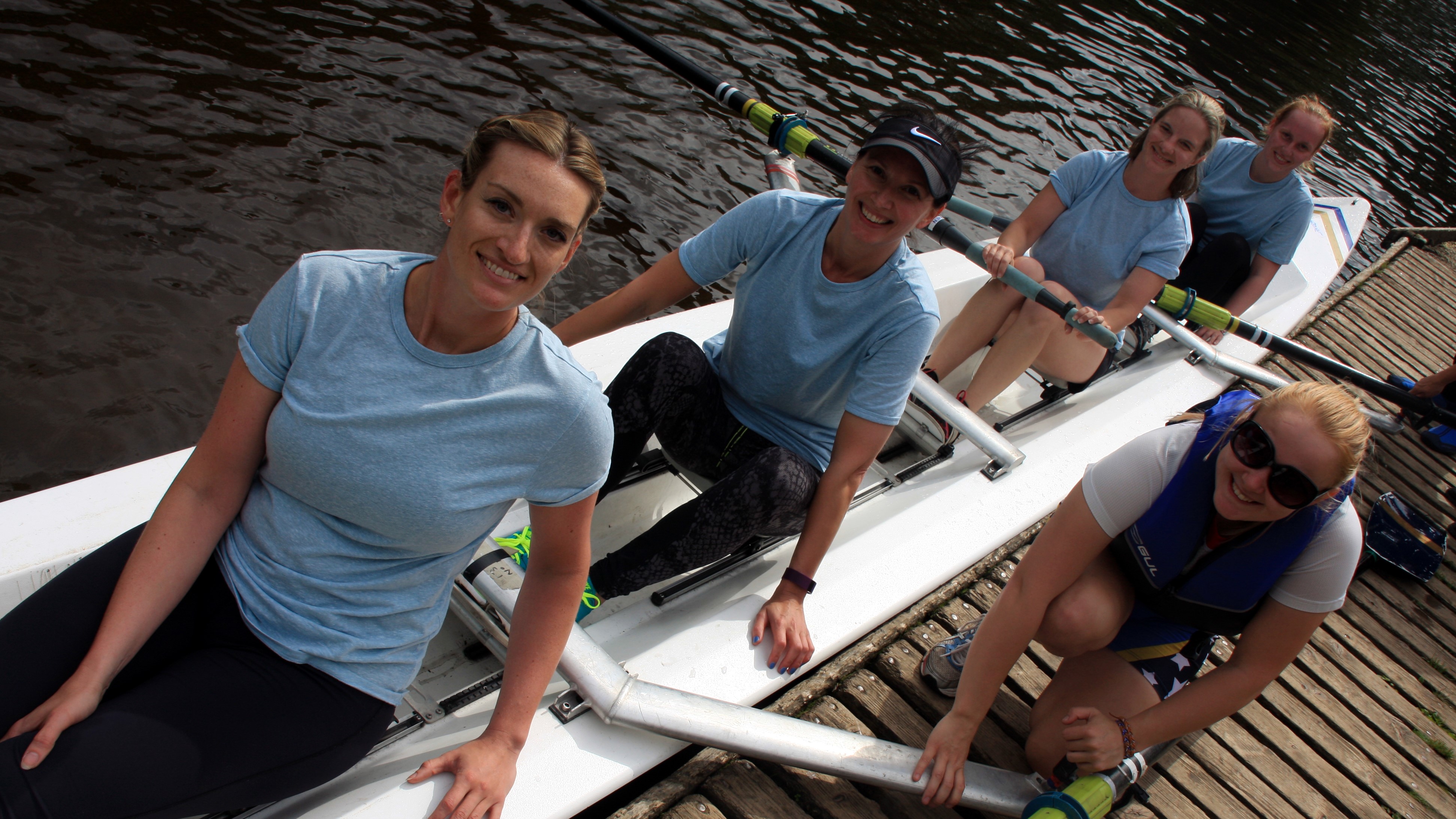
Choosing your training session
The type and the number of sessions you perform in a week should be determined by your ultimate goal. It is important to be realistic about the targets you set yourself.
Your goals could be to lose weight and get fit, row faster or train for competition.
Losing weight
Rowing can be a good way to help you lose weight. Rowing is a low impact activity (reducing the chance of joint injury) and uses 70% of the body’s muscles dynamically, meaning it burns a lot of calories. A competent rower can burn between 600 and 1000 kcal an hour and a fit rower can use in excess of 1200 kcal/hour. To put this into perspective, the recommended daily intake for a healthy individual is approximately 2000 kcal for a woman and 2500 kcal for a man.
Getting fit
The rowing machine is an excellent tool to improve fitness and can be used as part of a training regime. Indoor rowing should complement any other training being performed, for example, weights, running or a fitness class.
Rowing faster or training for competition
This is for the more experienced indoor rower or water-based rower who has a specific aim in mind, such as improving a 2km time on the indoor rowing machine or on the water. It can take approximately 6-8 weeks of high intensity training to maximise your speed.
Nutrition guide
Understanding how to fuel your body is important for rowers at all levels. Wendy Martinson OBE, Lead Nutritionist for the GB Rowing Team, encourages a Food First philosophy and offers tips and guidance from eating well on a budget, to planning your meals for eating on the fly, and even includes some recipe ideas. It’s simple and easy to follow and a must-read for all participants in rowing. View the Nutrition Guide.
Useful sections
Rowing Warm Up
It's important to warm up your muscles before any form of exercise as this reduces the risk of injury
Cool Down
After exercise, it is important to see the cool down as part of the main session.


